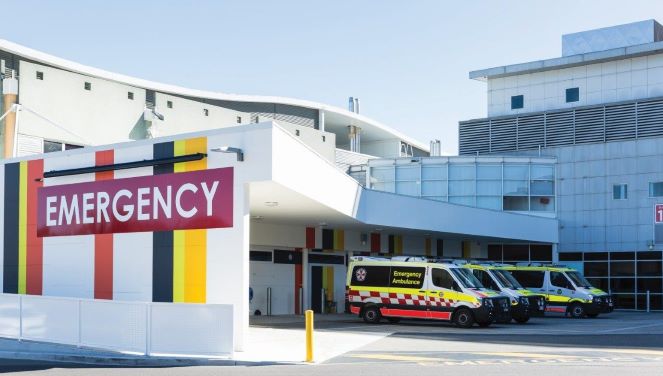Updates to policies and procedures throughout the ACT’s emergency services have been introduced, in the hope to ensure optimal performance throughout what’s expected to be a hot, dry summer.
In November, the ACT Government updated local emergency management arrangements, while new crewing and demand policies were introduced for the ACT Ambulance Service.
Minister for Emergency Services Mick Gentleman said The Emergencies Amendment Bill 2018 will help to ensure the ACT is well-prepared to keep pace with a changing threat environment.
“Clear and seamless processes help direct support where it is most needed and ensure emergency responders can work quickly to respond to the incident and help protect the community.”
Minister Gentleman said the Government maintains and regularly updates its plans to respond to emergencies.
“This includes the Community Communication and Information Plan that outlines how ACT Government provides information to the community during an emergency.
“This plan was used during the recent Pierces Creek bushfire to keep the community updated about the fire and other safety concerns.
“These plans will now be recognised as a formal and critical part of the ACT’s preparedness for emergencies,” Minister Gentleman said.
The bill will also allow an Emergency Controller, appointed by the Chief Minister in response to an emergency, to continue in their role if a State of Emergency is declared following a State of Alert. This change will ensure continuity for this significant leadership role during a time of crisis.
Meanwhile, ACT ESA Commissioner Dom Lane announced last month that the ACT Ambulance Service will implement a new crewing and demand policy following a review.
Despite consistently being amongst the highest performing ambulance services in the nation, the Review on Patterns of Ambulance Demand and Crewing found that policy last updated in 2013 didn’t allow for crewing to match community demand.
The 2013 policy under review stated the minimum crewing level was 10 emergency ambulance crews for each shift.
The review found in times where staff weren’t available for a shift and demand was low, the service didn’t need to staff overtime shifts.
Commissioner Lane said a new crewing policy will enable the services to better align crewing to more accurate predictions of demand without resourcing below policy-set crewing levels.
“The ACT Ambulance Service has maintained the best response times nationally.
“This new policy will, however, ease pressure on our paramedics who at times have had to work on overtime to fill crews in periods of low demand – just for policy sake,” Commissioner Lane said.
“For example, from the review we have now analysed data that demonstrates that more crews are required on a Friday or Saturday night, as opposed to the early hours of a midweek morning.”
ACT Ambulance Service Chief Officer Howard Wren said the newly added flexibility of low demand crewing will not change to how the ambulance service operates.
“This change is simply about modernising policy because the previous policy did not align with the operational needs of the service,” Chief Officer Wren said.
For more:



